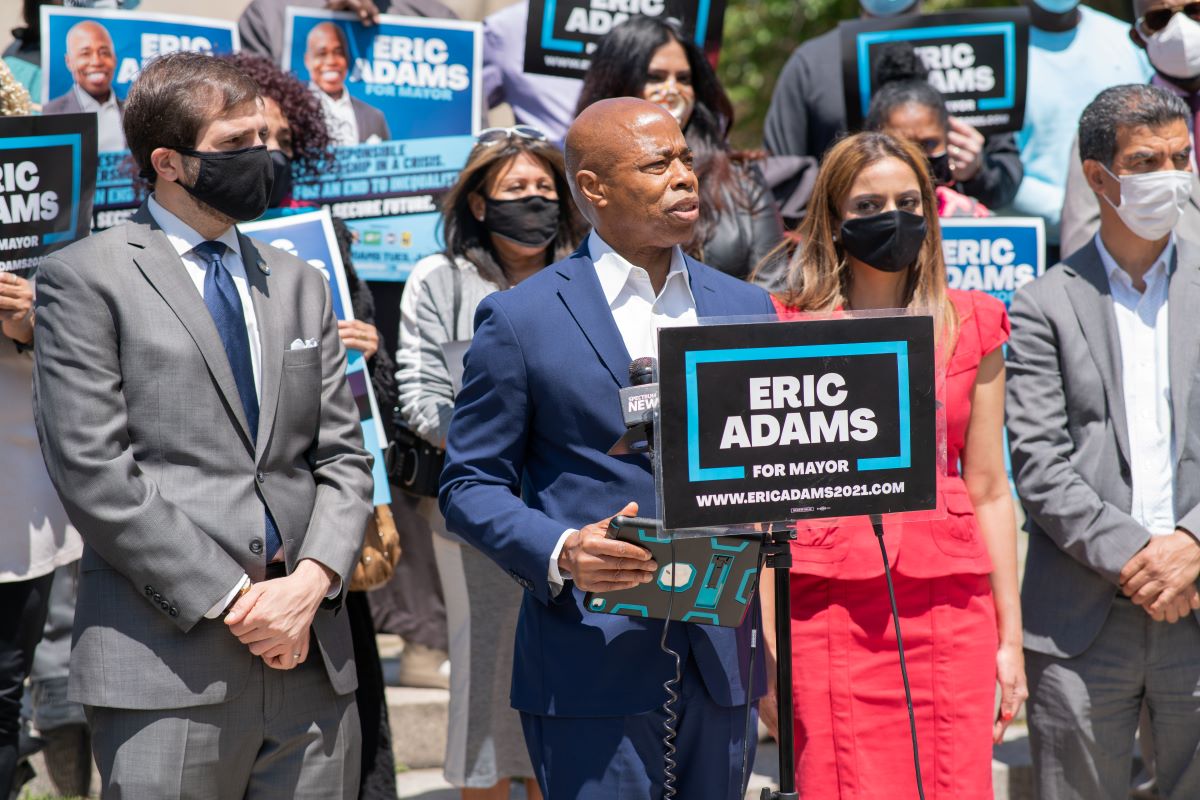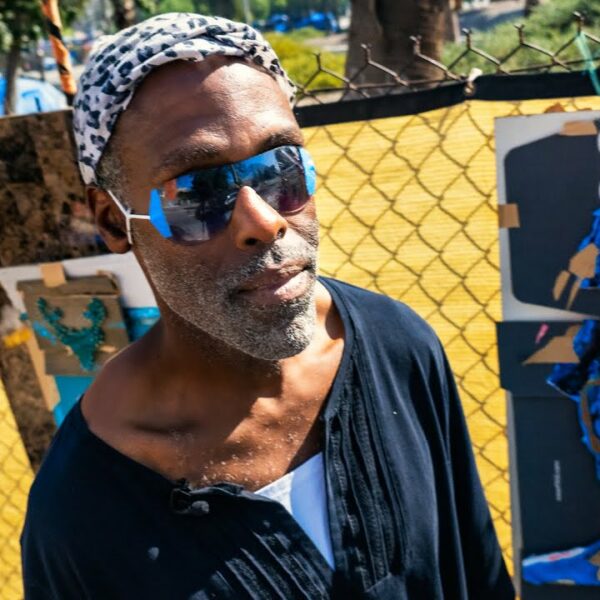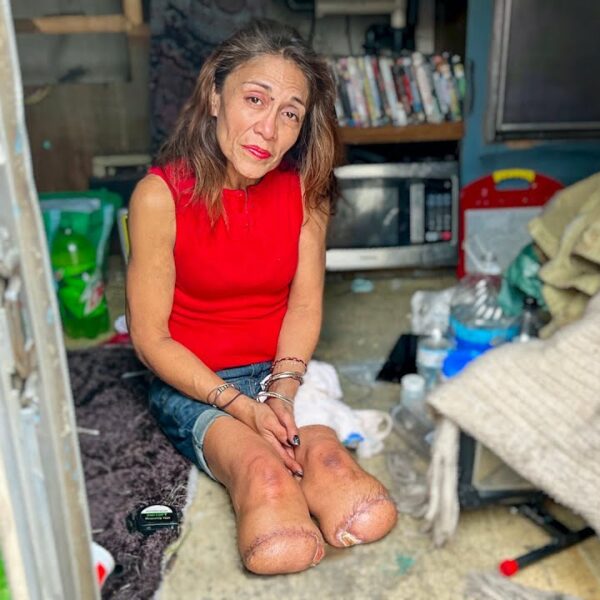Stereotypes Lead to Fear, Mistrust, and Violence Toward Unhoused People
In the aftermath of the murder of Jordan Neely, many people in New York and elsewhere have been left reeling, asking how this could have happened. Others are all too familiar with the societal factors that led to the broad daylight murder of a homeless Black man.
Many paths led us to this awful place, and they all converged with each other in sections.
There is the violent racism and white supremacy on which this country was built and still vehemently refuses to acknowledge. There is also the long-term mischaracterization of mental illnesses and mental health crises as a danger to others. (Note: Data shows that people struggling with a mental illness are far more likely to be the victim of a crime than the perpetrator.)
And then there is the deliberate sensationalization of homeless people as “dangerous” or “criminal” or simply an “other” type of person, fundamentally different from you or me. This is what NYC Mayor Eric Adams has leaned into most heavily during his term in office.
Stigmatizing Homelessness by Confirming Existing Biases
Mayor Adams’ playbook for turning public opinion even more against homeless people is one with well-worn pages. By now, we’ve all heard the stereotype that all homeless people are dangerous, mentally unstable criminals. That’s how they’ve always been, and that’s how they’ll always stay. So, there’s no use trying to help or get to know anyone experiencing homelessness.
As we’ve seen repeatedly, these stereotypes lead to fear, mistrust, and violence toward unhoused people.
These beliefs lead to the widespread dehumanization of homeless people and a lack of respect and compassion for their individual circumstances, even among people who work in the homeless services industry. These beliefs also inform legislation. They influence a greater tolerance of cruelty in order to increase profits for those who already have more money than sense.
Critically, this blind fear also dissuades people from interacting with the actual unhoused people in their community.
That’s a valuable mechanism for the people employing this strategy. It keeps people away from the information they need to break the spell of misinformation. The myth of the violent, crazy homeless person relies on housed people either avoiding interaction with the homeless people who could prove it wrong or filtering every interaction they have through that lens of fear and suspicion.
Just about everything in our cultural consciousness and cognitive biases has primed us to believe the worst about unhouse people. Mayor Adams is capitalizing on that and trying to turn it up to 11 by overemphasizing homeless “related” crimes and whipping the general public into a frenzy of blind fear.
More Fear Means More Support For Adams’ Inhumane Programs
It’s amazing what sort of cruelties people will agree to enforce on others if they’ve been taught to fear them. It is also ironic how frequently those supposedly scary, dangerous people cannot resist the atrocities enacted upon them by the dominant, “safe” group. Who’s really the dangerous one?
Unfortunately, we’ve seen these scenarios play out repeatedly throughout history, and we are seeing it again now.
Mayor Adams has been clear about his desire to get unhoused people off the streets and out of the public eye by any means necessary. His policy of placing any homeless person who “appears mentally ill” (as determined by an unqualified first responder) into involuntary psychiatric treatment should concern us all.
Since it also includes a clause regarding people who “display an inability to meet basic living needs,” it is so vague that it can be applied to any homeless person at any time, at police discretion. Rounding unhoused people up and imprisoning them in facilities that don’t have the resources to meet their needs even if they wanted to solves no problem except the problem of Mayor Eric Adams appearing to “clean up the streets” and keep numbers of visible unhoused people down.
Now, anyone who respects the inherent human rights of others understands where this path leads. If you agree with the “Free Britney” movement, you should also have an immediate, visceral reaction to hearing about this program.
Forcing a vulnerable group of people into facilities for some vague sort of “treatment” they can’t follow through on should raise red flags and get people asking questions.
But as you and I and Mayor Adams know, the most effective way to tamp down those questions and get people to agree with your plan is to fear their unhoused neighbors blindly.
The Ends Don’t Justify The Means
In speech after speech, we have heard him talk about the dangers that homeless New Yorkers pose to others rather than the danger they are themselves in.
We have heard him vilify homeless people with mental illnesses as people on the verge of committing violent crimes at any moment with little to no provocation. We have heard him express concern for real issues while proposing solutions not designed to solve those issues. His speeches say one thing, but his actions say quite another.
His actions are sweeping encampments at an unprecedented rate. His actions are forcibly removing people who look homeless from the subway and arresting them. Mayor Adams’ actions are artificially inflating news coverage on negative stories about homeless people to increase fear and support for his horrible policies.
He is using all of this misplaced fear for his own reasons. He’s used it to drum up support for more policing and raised the city’s police budget significantly. And he is using it to increase his political clout and become known as the mayor who “finally cleaned up” NYC.
He’s doing all of this at the expense of the most vulnerable New Yorkers. It’s time to let him know that we see through it.













